Powdery Mildew On Grass: How To Control Powdery Mildew In Lawns
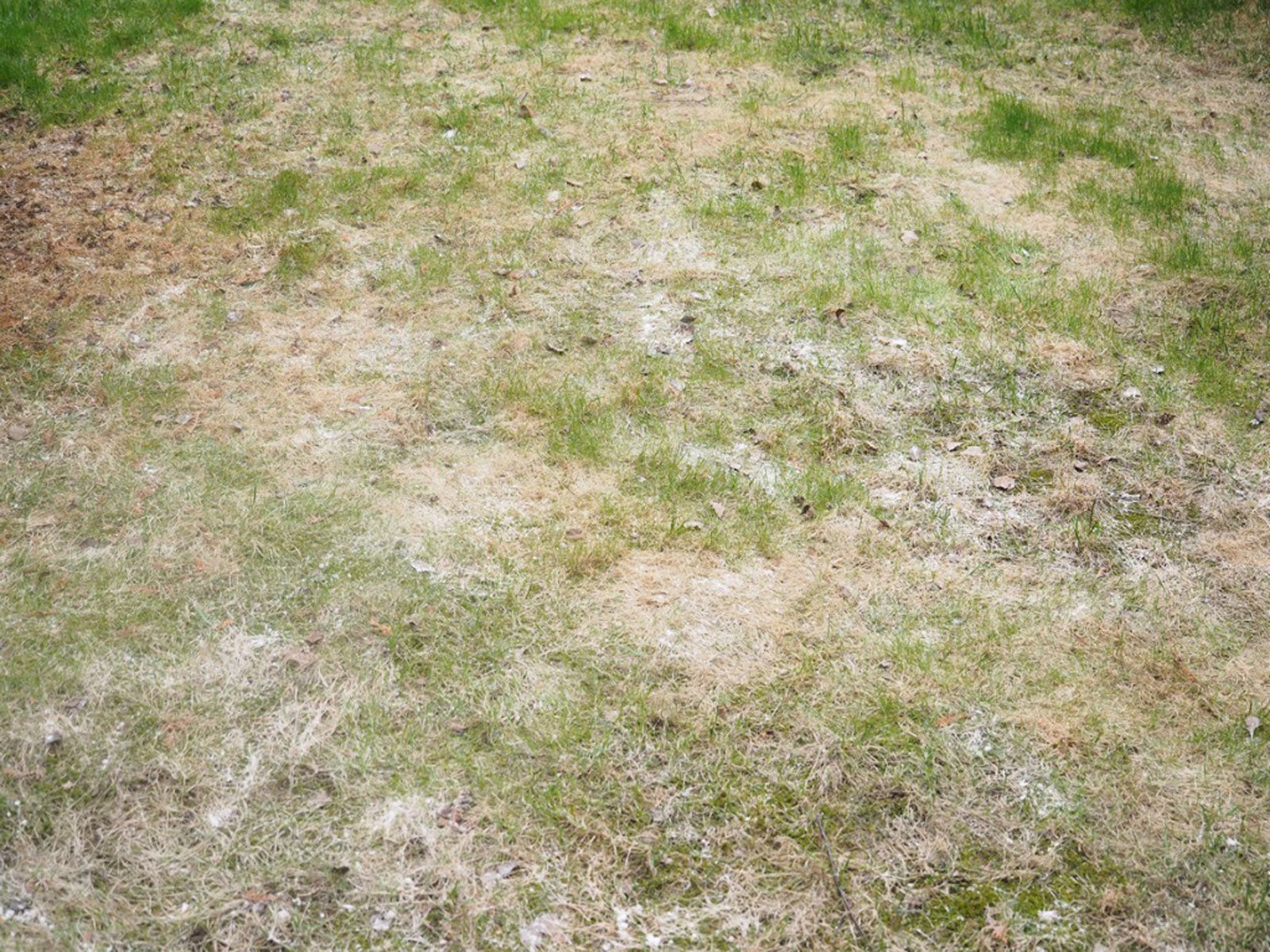

Powdery mildew disease in lawns is usually the result of trying to grow grass in a poor location. Caused by a fungus, the first symptoms are light spots on the blades of grass that may go unnoticed. As the disease progresses, you'll see white patches that look as though they have been sprinkled with talcum powder. Let's take a closer look at powdery mildew grass disease and how to control powdery mildew in lawns.
Treating Powdery Mildew on Grass
When your grass has white powder, fungicides for powdery mildew treatment do a good job of temporarily eliminating the symptoms, but the disease returns if the growing conditions don't improve. Grass is a sun-loving plant that grows best in open locations with good air circulation and plenty of light. Powdery mildew grass disease takes hold in shady locations with little air movement. Watering late in the evening, so that the grass doesn't have time to dry before nightfall, further encourages this disease. Control powdery mildew in lawns by opening up the area to better air movement and more sunlight. To reduce shade, prune or remove trees and shrubs that shade the grass. If this isn't possible, consider the advantages of covering the area with attractive mulch instead of struggling to grow grass in a difficult area. The area under a tree is perfect for a mulch-covered shady retreat with garden seating and potted shade plants.
Tips to Control Powdery Mildew in Lawns
You can discourage powdery mildew on grass with a few cultural practices aimed at keeping the grass healthy in shady areas, but these methods are only effective in light or partial shade.
- Reduce the amount of nitrogen fertilizer that you use in shady areas. Grass grown in shade doesn't use as much nitrogen as grass grown in sun.
- Water shaded grass infrequently, but deeply. The soil should absorb the water to a depth of 6 to 8 inches (15 to 20.5 cm.).
- Water the lawn early in the day so that the grass has time to dry completely before nightfall.
- Allow the grass in shady areas to grow a little taller than the rest of the lawn. Wait until the blades are about 3 inches (7.5 cm.) tall before mowing.
- Overseed the existing grass with a shade grass mixture.
Take steps to treat powdery mildew as soon as you discover that your grass has white powder symptoms. If the powdery mildew grass disease is allowed to progress too long, it can spread and result in dead patches in the lawn.
Gardening tips, videos, info and more delivered right to your inbox!
Sign up for the Gardening Know How newsletter today and receive a free copy of our e-book "How to Grow Delicious Tomatoes".

Jackie Carroll has written over 500 articles for Gardening Know How on a wide range of topics.
-
 Terrifically Tubular Flowers For Hummingbirds: 9 Tube-Flowered Plants To Attract Hummers
Terrifically Tubular Flowers For Hummingbirds: 9 Tube-Flowered Plants To Attract HummersGrowing tubular flowers for hummingbirds helps you create the optimum feeding conditions for your winged friends. Here are nine tubed delights for hummers
By Tonya Barnett
-
 How To Grow Hydroponic Tomatoes For Fresh Indoor Harvests – No Soil Required
How To Grow Hydroponic Tomatoes For Fresh Indoor Harvests – No Soil RequiredLearning how to grow tomatoes in water is easy and allows you to harvest fresh-home-grown produce in every season without any mess.
By Ellen Wells
-
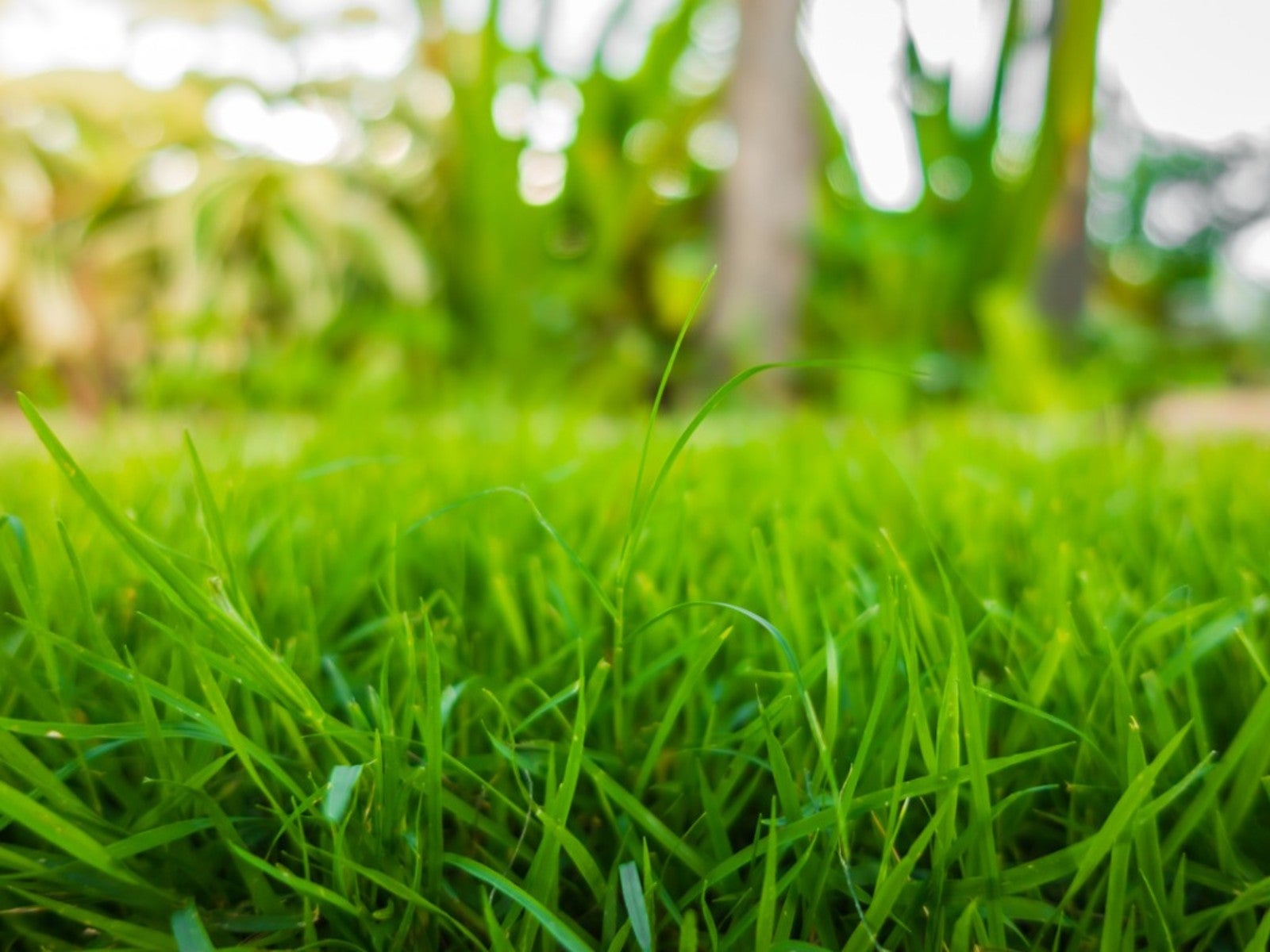 Sustainable Turf Species For A Greener Lawn
Sustainable Turf Species For A Greener LawnClick here for some of the most sustainable types of turf grass you can grow for an eco-friendly lawn.
By Bonnie L. Grant
-
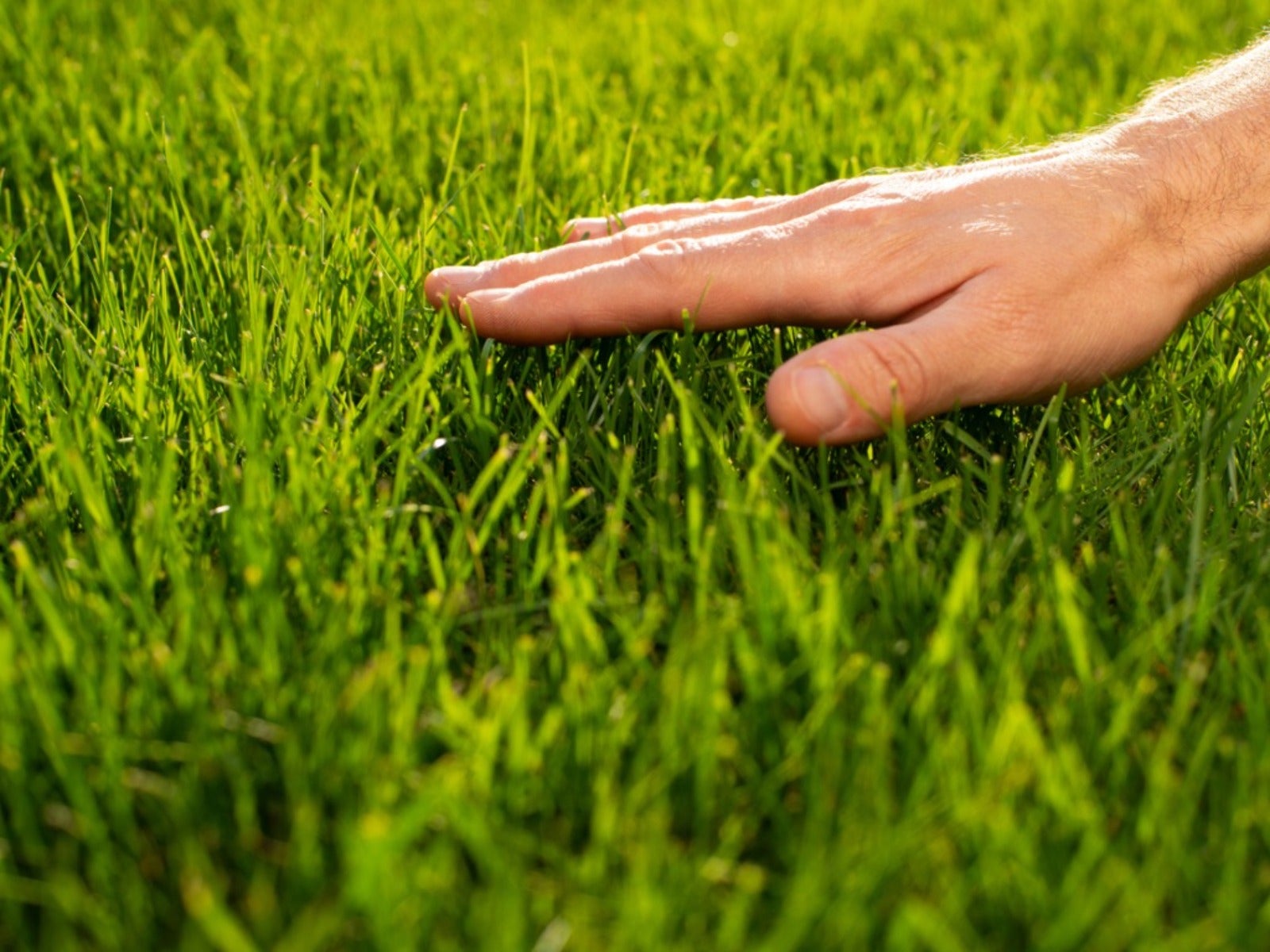 How To Grow A Sustainable Lawn
How To Grow A Sustainable LawnAdjust your thinking about a perfect green lawn and consider more sustainable methods. Click here to learn how.
By Mary Ellen Ellis
-
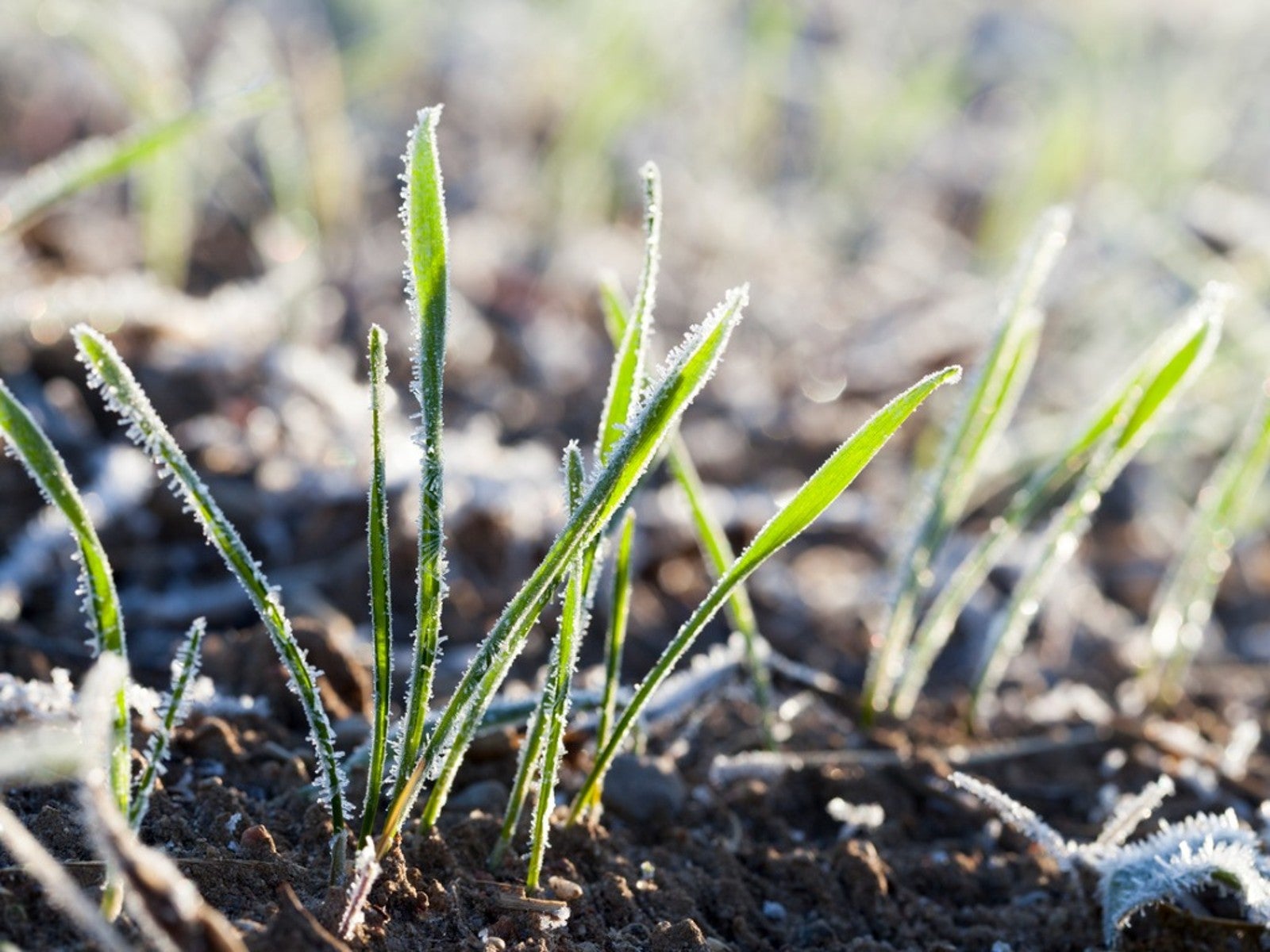 Will Frost Kill Grass Seed And How To Help New Turf Survive
Will Frost Kill Grass Seed And How To Help New Turf SurviveLearn how to help your newly sown grass survive frost and freezing weather.
By Amy Grant
-
 Lawn Problems That Aren’t Really Problems
Lawn Problems That Aren’t Really ProblemsYour lawn may not require as much work as you think. Learn which common problems aren’t really problems.
By Teo Spengler
-
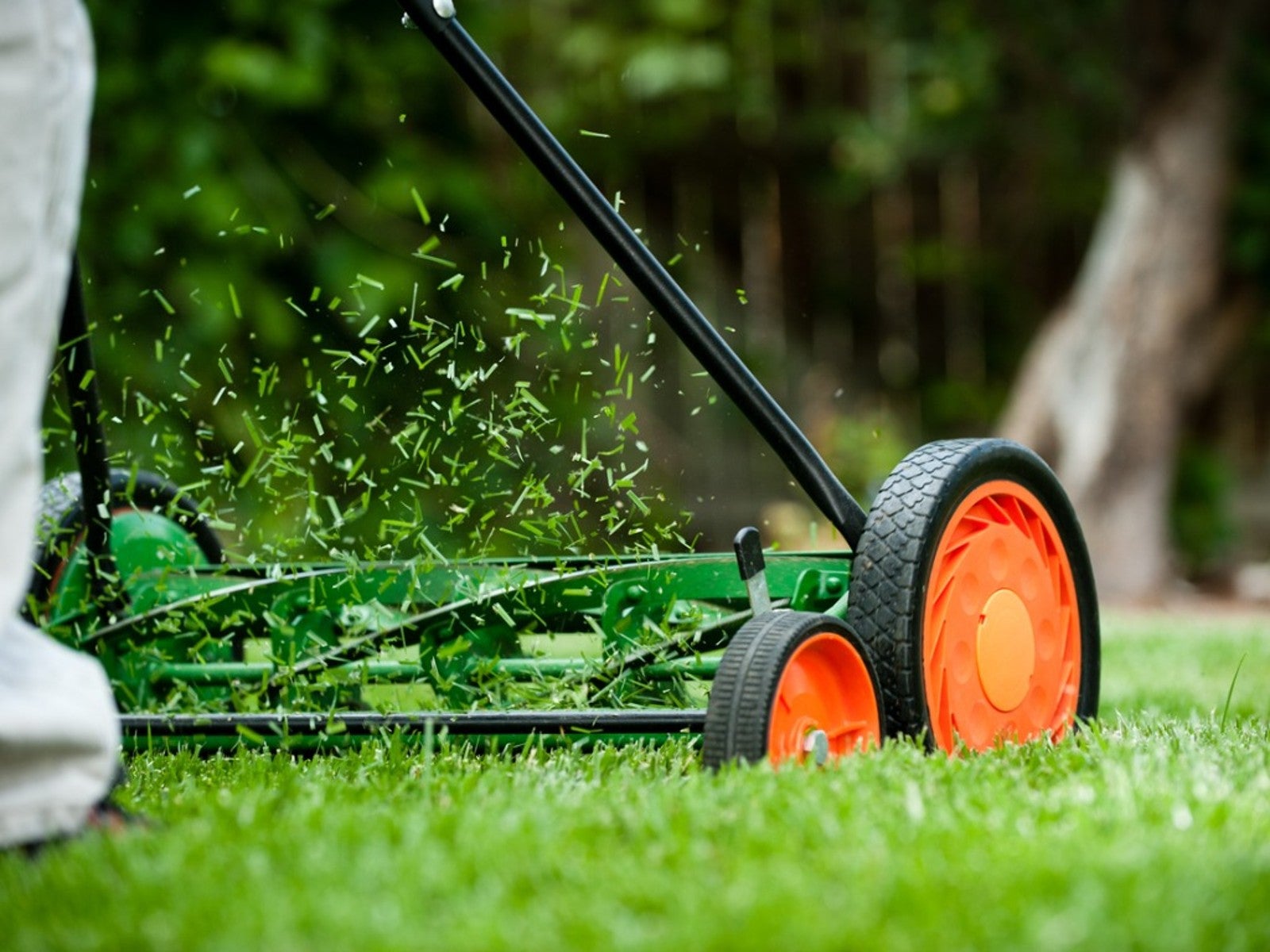 Why A Manual Push Mower Is Good For You And The Environment
Why A Manual Push Mower Is Good For You And The EnvironmentReel mowers are making a comeback, but why? Click here to learn about reel mower pros and cons.
By Amy Grant
-
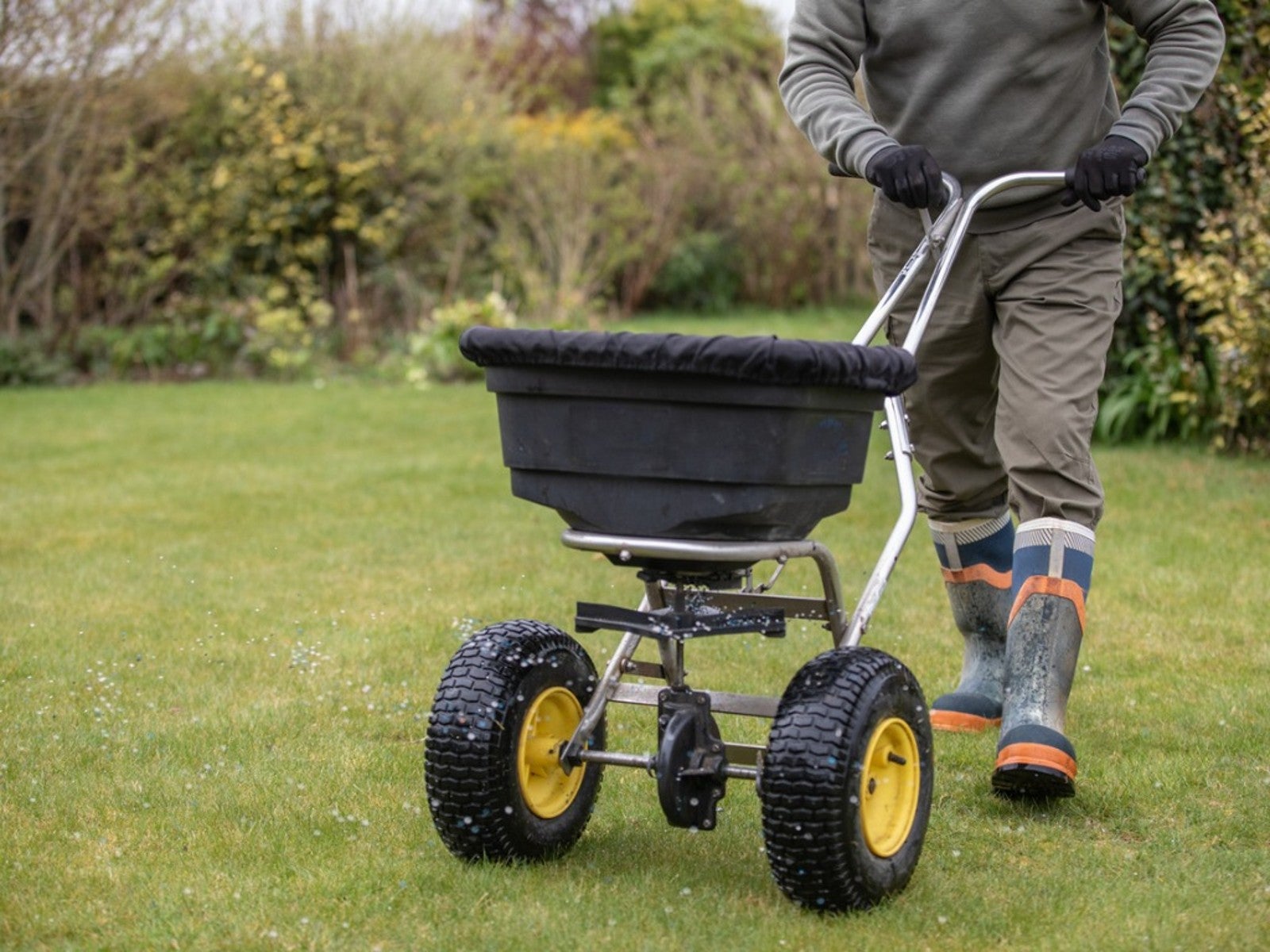 Fertilize Grass In Fall For A Lush Lawn In Spring
Fertilize Grass In Fall For A Lush Lawn In SpringFor everything you need to know about fertilizing your lawn in the fall, click here.
By Susan Albert
-
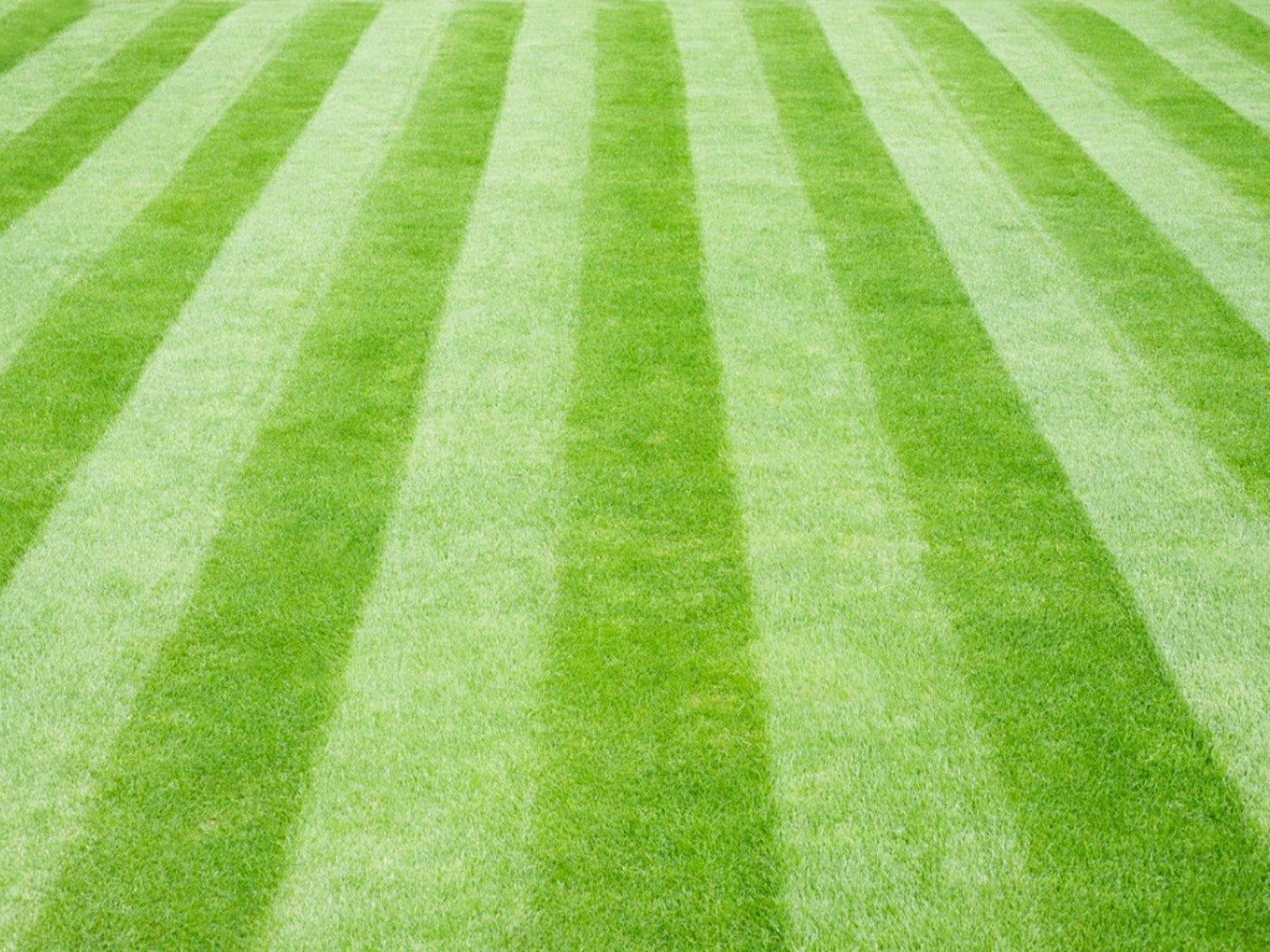 Tips For Mowing Stripes In Lawn
Tips For Mowing Stripes In LawnWouldn’t it be great to have stripes in your lawn like a sports field? Learn how here.
By Susan Albert
-
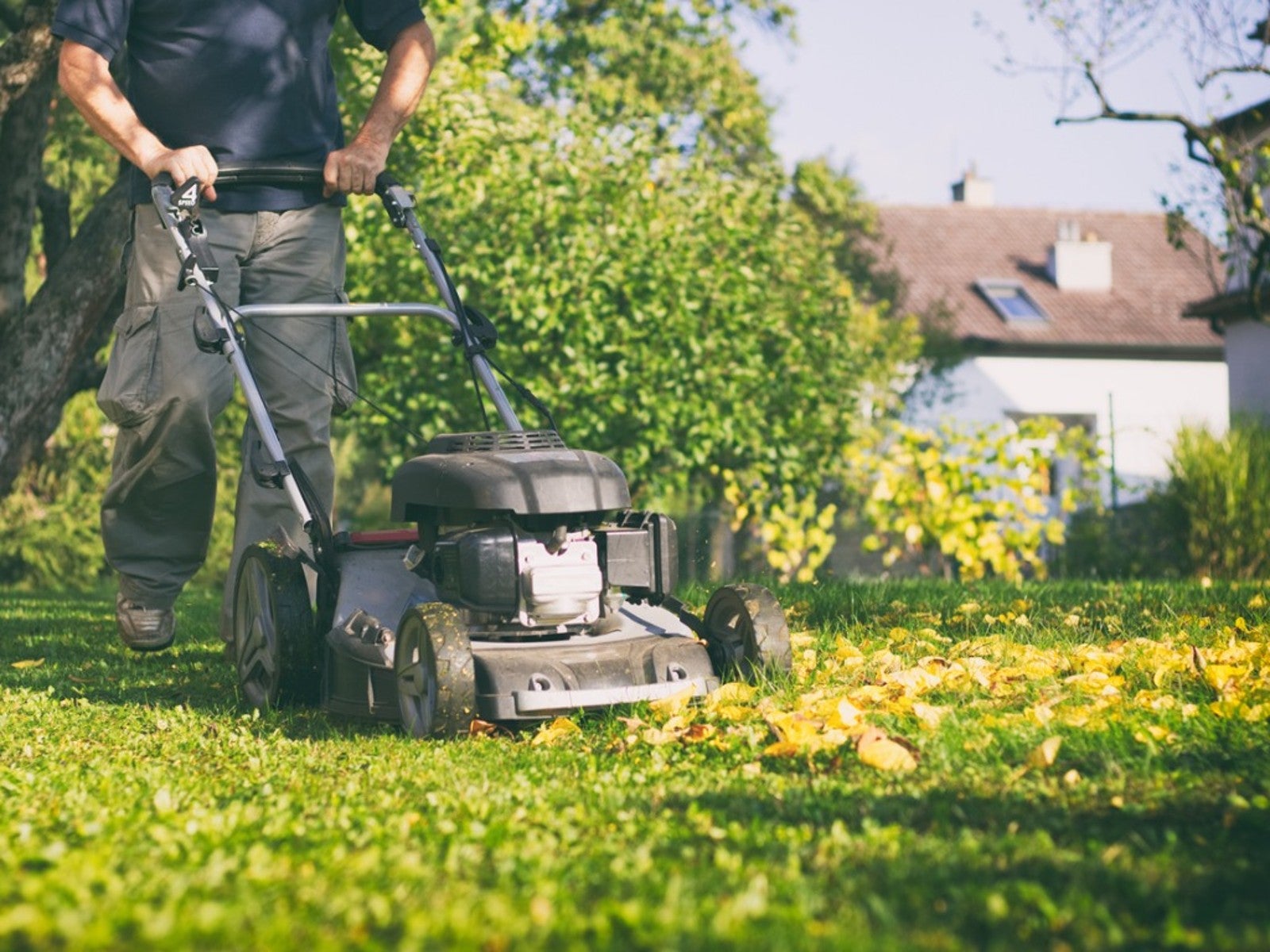 Late Summer Lawn Care Checklist
Late Summer Lawn Care ChecklistPlan to do some late summer care and maintenance of your lawn so it will be healthy and beautiful in the spring. Here are some tips.
By Laura Miller